By JERUSALEM POST STAFF
Archaeologists find evidence that hunter-gatherers crossed over 100 kilometers of open sea to reach Malta 8,500 years ago.
A recent study revealed that hunter-gatherers successfully navigated to Malta 8,500 years ago, crossing at least 100 kilometers of open water. According to research published in Nature, these prehistoric people displayed maritime capabilities that challenge previous beliefs about ancient seafaring.
As reported by Discover Magazine, human signs of life from that period included stone tools, hearths, and cooked food waste, indicating a long-term presence of hunter-gatherers on the island. The findings suggest that these early inhabitants managed sea crossings using simple dugout canoes powered solely by paddles.
The discovery was made by a team led by Professor Eleanor Scerri of the Max Planck Institute of Geoanthropology and the University of Malta. The researchers concluded that the date of human arrival in Malta was pushed back by more than a thousand years, suggesting initial settlement before 8,500 years ago and warranting reevaluation of Maltese prehistory.
"These findings compel a reassessment of the role that hunter-gatherers played in transforming the insular landscapes of the Mediterranean," said Professor Scerri, according to Phys.org. The archaeological remains recovered place human occupation of the island a thousand years before the adoption of agriculture in the region.
According to labrujulaverde.com, the crossing predates the invention of boats with sails, representing a technical and cognitive feat achieved long before sailing vessels existed.
The study also documents evidence of habitation found in the Għar Latnija cave, where researchers discovered stone tools characteristic of camps used by hunter-gatherers. The archaeological remains include cooked remains of seals, various kinds of fish, crabs, and sea urchins, providing evidence of the exploitation of marine resources.
"The incorporation of a diverse range of terrestrial and marine fauna into the diet likely enabled these hunter-gatherers to sustain themselves on an island as small as Malta," said Dr. Stewart, according to Phys.org. Thousands of remains of marine mollusks such as snails, sea urchins, and crabs were found, many with evident signs of cooking.
The researchers hypothesize that the canoeists used sea currents and winds to propel themselves to Malta, and they likely navigated using landmarks and possibly stars. "Even on the longest day of the year, these mariners would have had many hours of darkness in open sea," stated Professor Nicholas Vella from the University of Malta, according to labrujulaverde.com.
This finding represents the longest known sea crossing of its time, compelling a reevaluation of the seafaring abilities of Europe's last hunter-gatherers and their connections. The existence of long-distance maritime journeys implies a connected Mesolithic Mediterranean world, suggesting that these movements may have been part of broader networks of interaction among dispersed communities.
The arrival of these hunter-gatherers may have caused the extinction of endemic species on Malta, raising questions about the impact of human activities on local fauna. Researchers discovered remains of red deer, which were commonly hunted but not driven to extinction until several hundreds or thousands of years later.


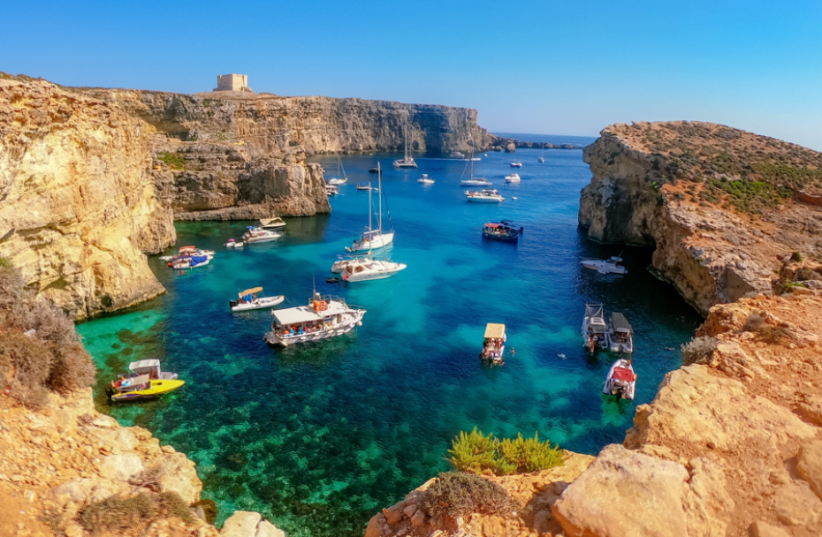
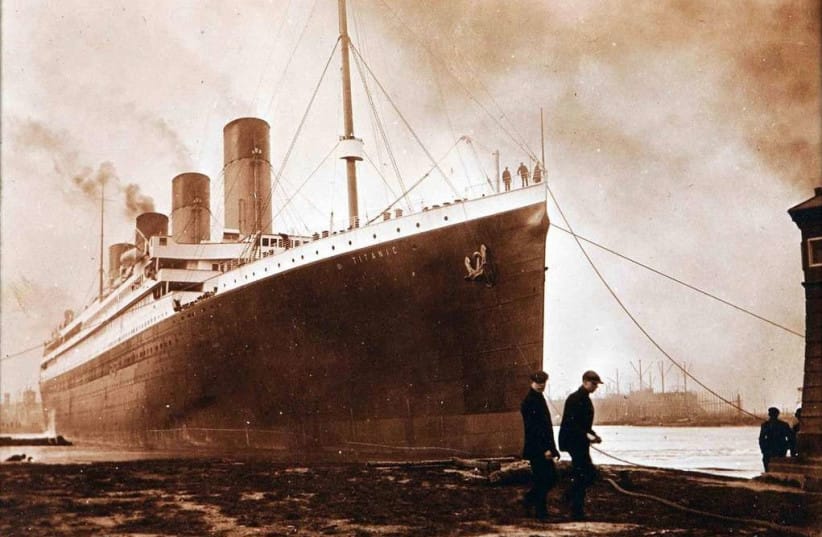

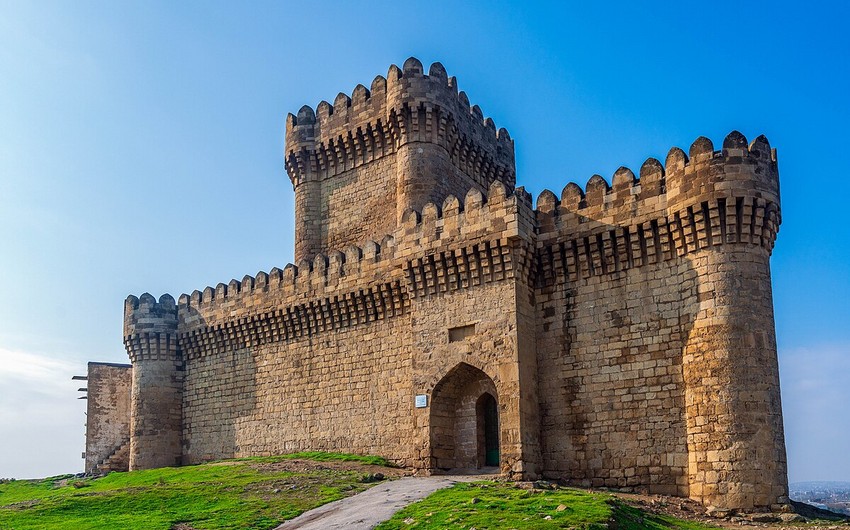
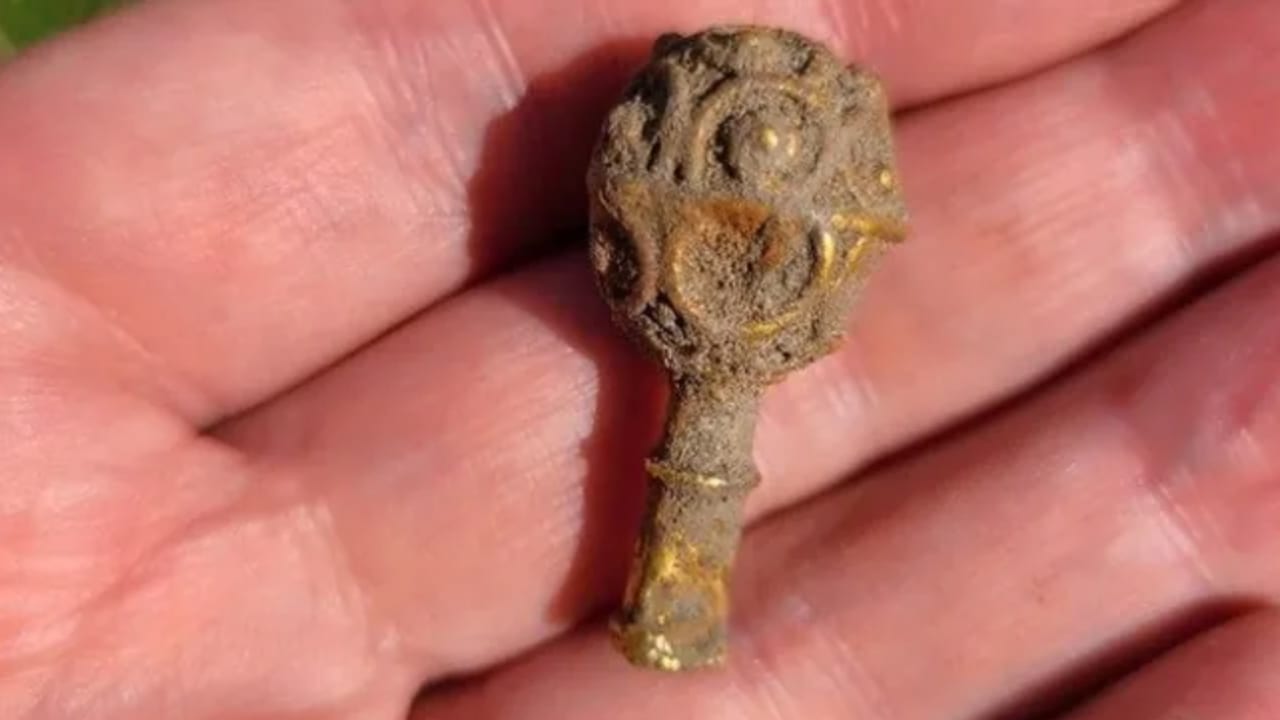

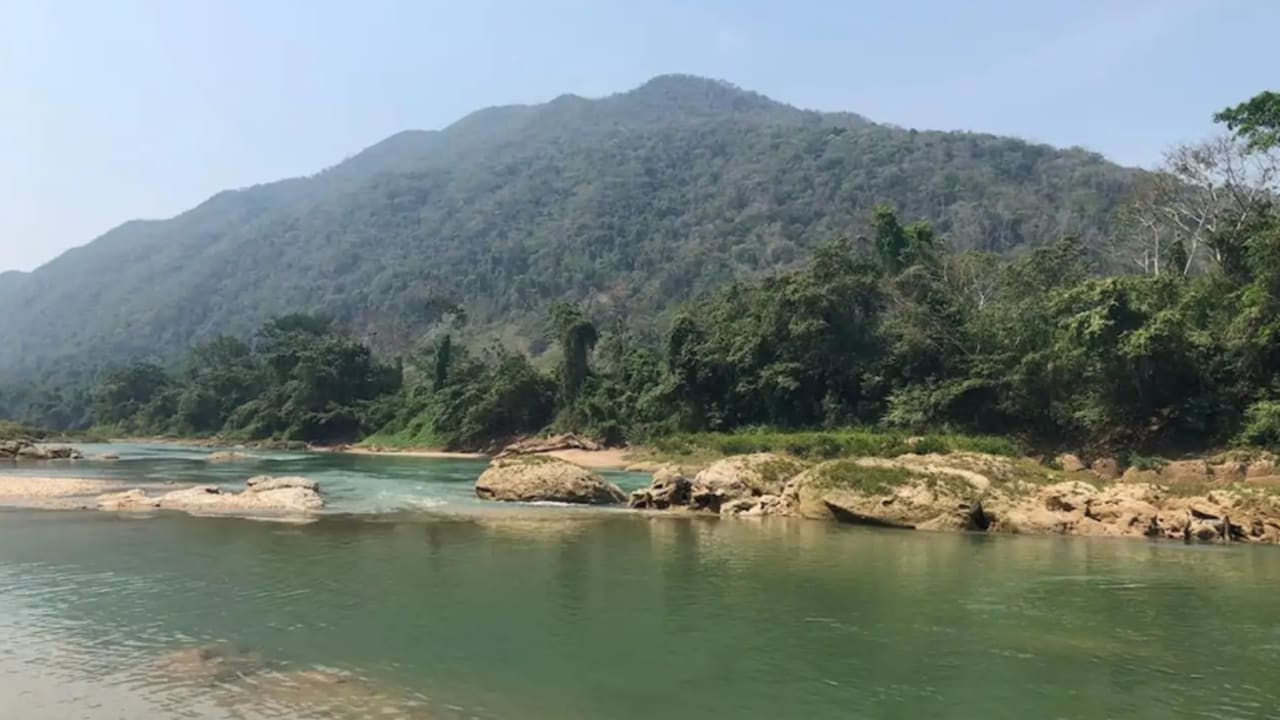


.jpg)









